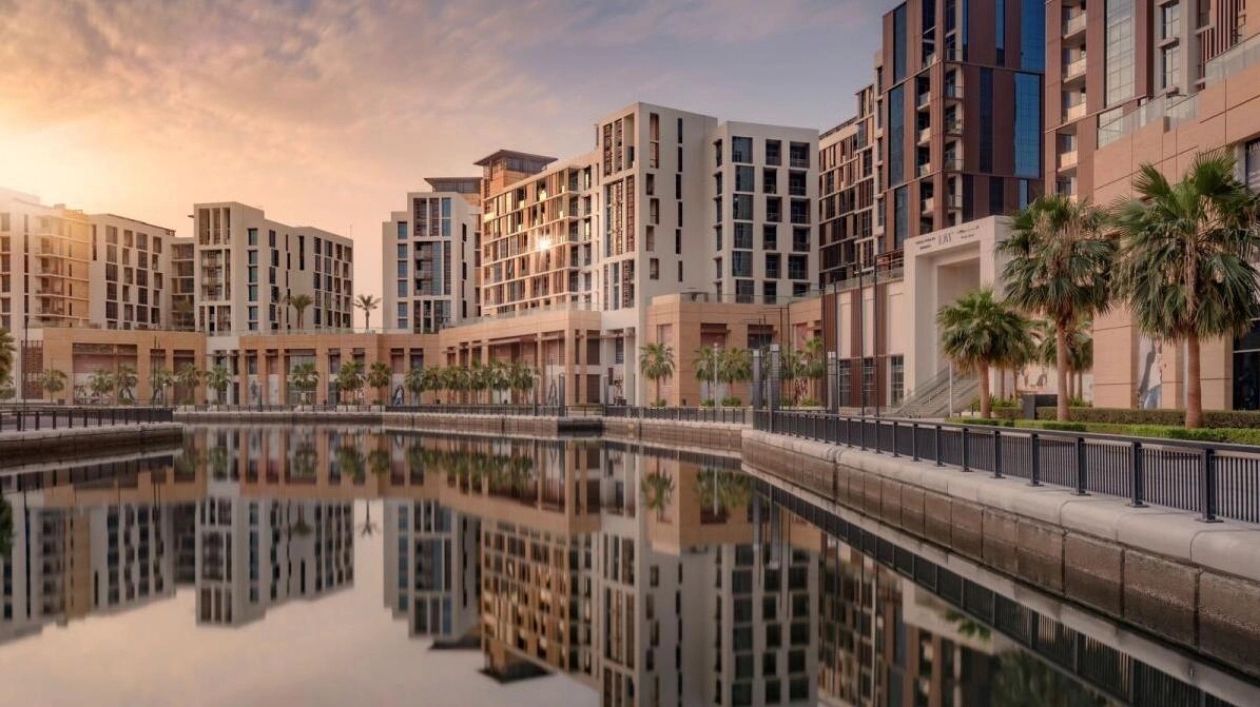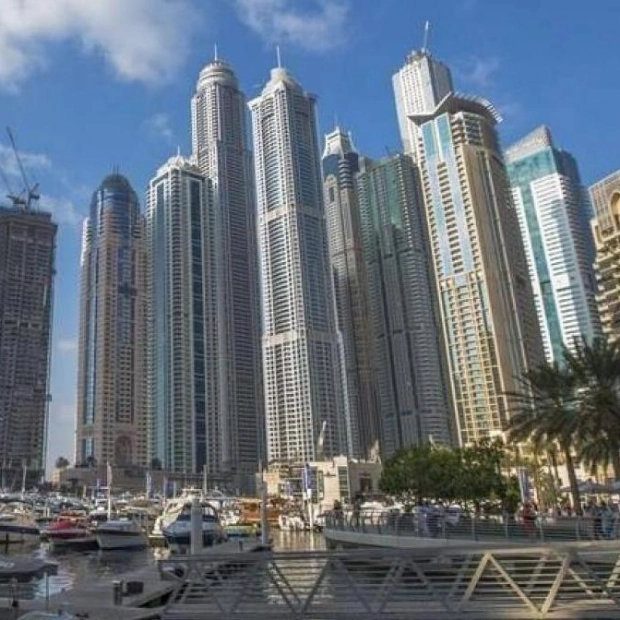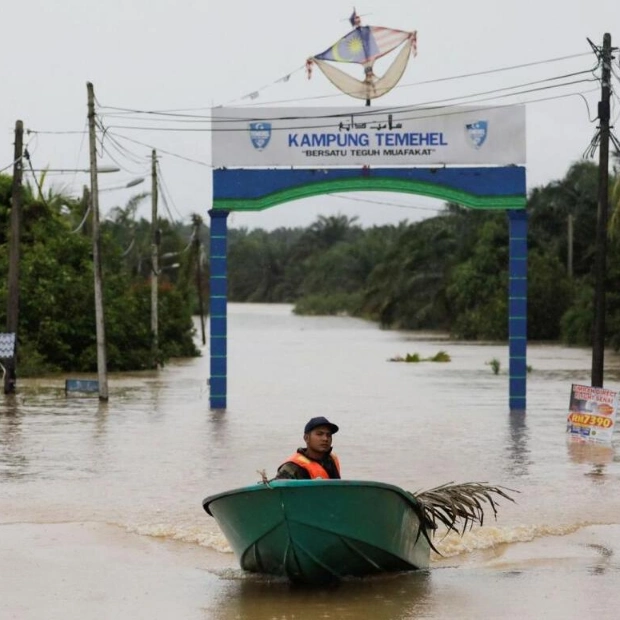Following the pandemic outbreak, Palm Jumeirah, Dubai Marina, and Downtown have experienced the most significant rental growth in the apartment sector in Dubai. Asteco, a real estate consultancy, reported that Jumeirah Village and Jumeirah Beach followed closely, showing the highest increases from Q1 2021 to Q1 2024. In the villa category, Jumeirah Islands, Palm Jumeirah, Dubai Sports City, Dubai Hills Estate, and Damac Hills led in rental growth during the same period. Dubai's residential property market has made a robust recovery post-Covid, outperforming global counterparts consistently. Initially, the recovery was most evident in the luxury segment, but growth has been impressive across all property types. When the pandemic hit in 2020, property prices and rentals plummeted due to job cuts, prompting many to leave the country. However, recovery began in late 2020 and early 2021, with a strong influx of foreign investment into the real estate market after the government effectively managed the pandemic, pushing prices and rentals to peak in 2023. The luxury segment spearheaded the market's recovery and growth, attracting unprecedented demand from foreign investors and high-net-worth individuals. Consequently, Dubai's population surged by over 269,000 from Q1 2021 to Q1 2024, surpassing 3.7 million in June 2024. John Allen, CEO of Valuation and Advisory at Asteco, noted that premium rents are commanded by properties in highly desirable areas like Dubai Marina, Downtown Dubai, and Palm Jumeirah due to their exclusivity, amenities, and proximity to key business districts and leisure attractions. Allen further explained that high-quality properties in self-sufficient communities developed by reputable firms consistently attract strong demand and command premium rental rates. Areas with limited new supply, such as established communities with family-friendly environments and proximity to schools and green spaces, experience increased competition for available units, driving up rents. Popular features driving rental demand include flexible workspaces, advanced technology integration, larger units with ample outdoor space, lower density developments, and increased storage space. Areas with the lowest rental increases, according to Asteco data, were Meydan/MBR City, Mirdif, Bur Dubai, Dubailand, and Deira in the apartment category, and Damac Hills 2, Dubailand, Dubai Silicon Oasis, Mirdif, and Reem in the villa segment. Allen noted that oversupply in some areas, particularly those focused on more affordable housing in tertiary locations and older properties with dated amenities, tend to experience slower rental growth due to less competitive positioning. Established areas like Deira, Bur Dubai, and Mirdif, where landlords were less aggressive with rent increases, saw more moderate growth rates. Properties in less popular areas, farther from key attractions or business hubs, or with limited access to public transportation may struggle to attract tenants, leading to lower rents. Asteco does not foresee an 'undersupply' scenario in the local property market. While popular locations will continue to see strong demand levels and moderate rental growth, tertiary locations such as those along Dubai-Al Ain Road, Lehbab Road, Al Qudra Roundabout, the E611 corridor, and areas near Al Maktoum International Airport are expected to see a marked uptick in rental rates due to a spillover effect as tenants are priced out of more centrally located and established communities. As affordability becomes a growing concern, these previously less sought-after areas are gaining traction due to their relatively lower rental costs. Improved infrastructure and accessibility, along with attractive amenities, are enhancing their appeal despite the distance from the 'centre'. Dubai's economy continues to demonstrate resilience in the face of global challenges, and its focus on enhancing the quality of life, attracting skilled professionals, and fostering a robust economic environment will continue to draw a significant influx of expatriates, ensuring sustained demand and resilient rental rates in the residential market.

Text: Lara Palmer
16.06.2024
Rental Growth Surges in Prime Areas Amidst Strong Market Recovery





